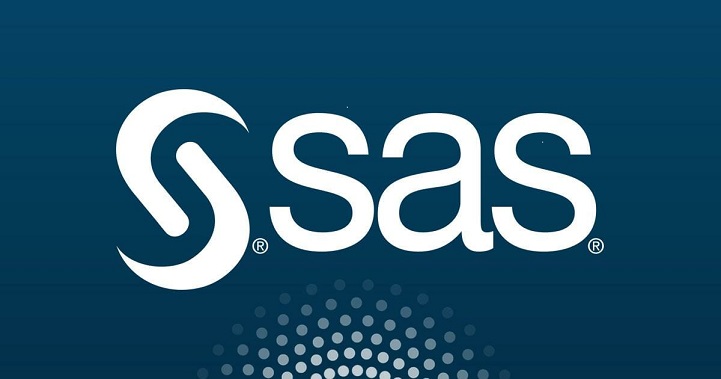
The context and purpose behind this series: “The 17 Companies Reshaping the Landscape of Enterprise AI“.
Who They Are
SAS has stated its core value as “We believe curiosity is at the heart of human progress“. This curiosity is what drives SAS to tell its story through analytics.
Led by CEO Jim Goodnight and headquartered in Cary, North Carolina, SAS saw $3 billion in revenue in 2020. This revenue was fueled by the passion of its 12,000+ employees, the customers in 145 countries, and software that’s installed at more than 82,000 businesses.

Treat employees like they make a difference and they will.
Jim Goodnight | Co-Founder, CEO
The substantial size of the company is a testament to the core values of:
- CURIOSITY: We are relentless problem-solvers, unafraid to challenge assumptions by being creative and forward-thinking.
- PASSION: We’re committed to excellence in everything we do, and we thrive on meaningful work.
- AUTHENTICITY: We’re genuine, we’re transparent, and we lead with integrity.
- ACCOUNTABILITY: We’re responsible, we do things right, and we exceed what’s expected.
What They Do
The solutions that SAS offer fall under two primary categories of Artificial Intelligence (AI) Solutions and SAS Viya. These categories are broken down across multiple applications and services.
Composite AI is the approach SAS takes with its AI offering. Composite AI is, according to Gartner’s 2021 Hype Cycle for Emerging Technologies, is the “combination of different AI techniques to achieve the best result.”

SAS Viya is an AI, analytic, and data management platform. Further, the goal is to empower everyone to make better decisions – faster.

Additionally, SAS has many other solutions that work across multiple industries and for uniquely specific needs. Some of the solution areas are:
Most Unique / Impactful Application
SAS has held an extraordinary place by being on the Gartner Magic Quadrant Data Science and Machine Learning Platforms for all eight years of its existence.

The Artificial Intelligence (AI) Solutions provided by SAS span:
- Machine Learning & Deep Learning
- Natural Language Processing
- Computer Vision
- Forecasting
- Optimization
- Statistics
The key benefit of the AI solution is to “operationalize AI” through supportive technologies. These technologies are built on the framework of Data Management, Visualization, Deployment, and Decision Support.
Who They Have Impacted
Cancer. The “Big C”. No one wants to hear this news. It’s one of those big moments in life that changes the trajectory of everything. But, in spite of the dreadful impact, the death rates from cancer in the United States have continued to decline.
Cancer.org reported that from 1991 to 2018, the cancer death rate has fallen 31%. This includes a 2.4% decline from 2017 to 2018 – a new record for the largest one-year drop in the cancer death rate.
The fight against cancer now has another tool to use – artificial intelligence. And, SAS teamed up with Amsterdam UMC to use computer vision and predictive analytics “to better identify cancer patients who are candidates for lifesaving surgery“.
Amsterdam UMC represents 1,100 cancer researchers, 1,000+ scientific articles published annually, and is one of Europe’s largest academic oncology centers.

“AI will help us save lives … I’m absolutely sure about that.”
Dr. Geert Kazemier
Professor of Surgery and Director of Surgical Oncology
Amsterdam UMC
Through this partnership, Amsterdam UMC is changing the way it evaluates tumors with the help of AI. The use of computer vision and deep learning models increases the speed and accuracy of chemotherapy response assessments.
The result was 3D representations of 1,380 metastases were created. These results were analyzed and segmented and the system was taught to instantly identifying tumor characteristics and share the vital information out with doctors.









